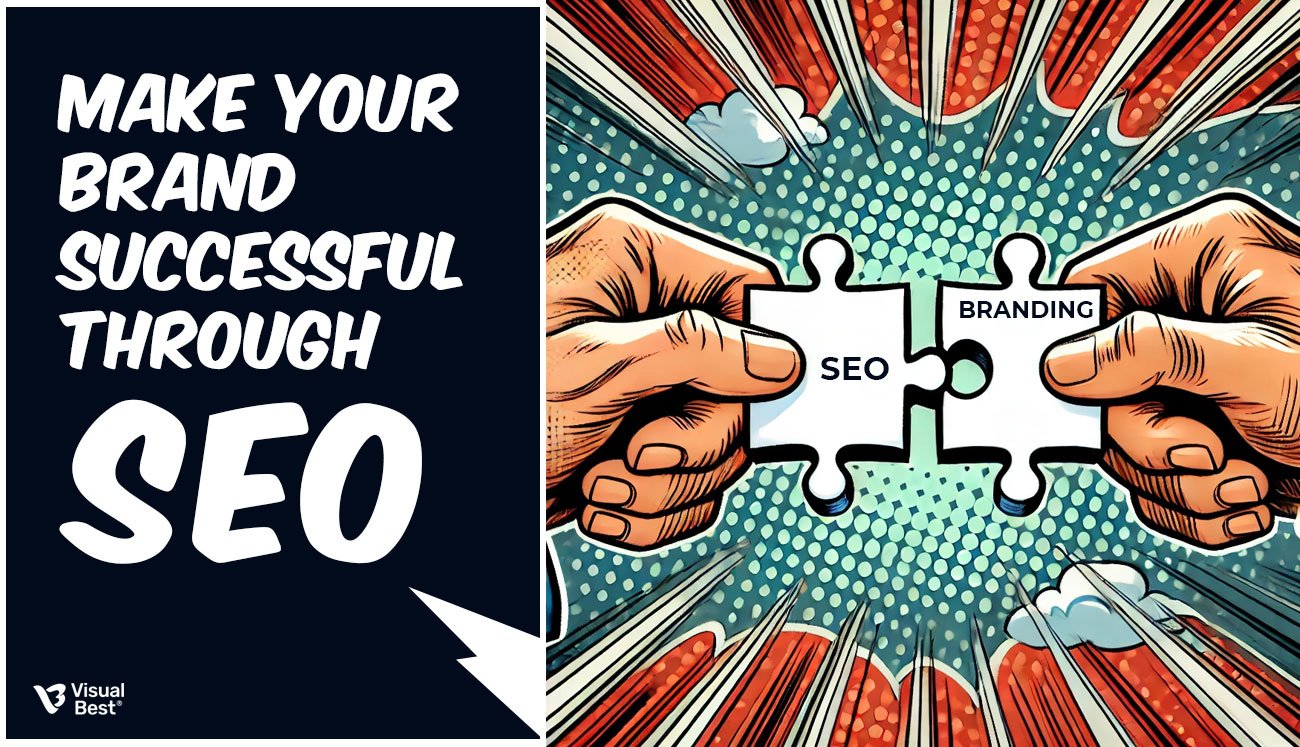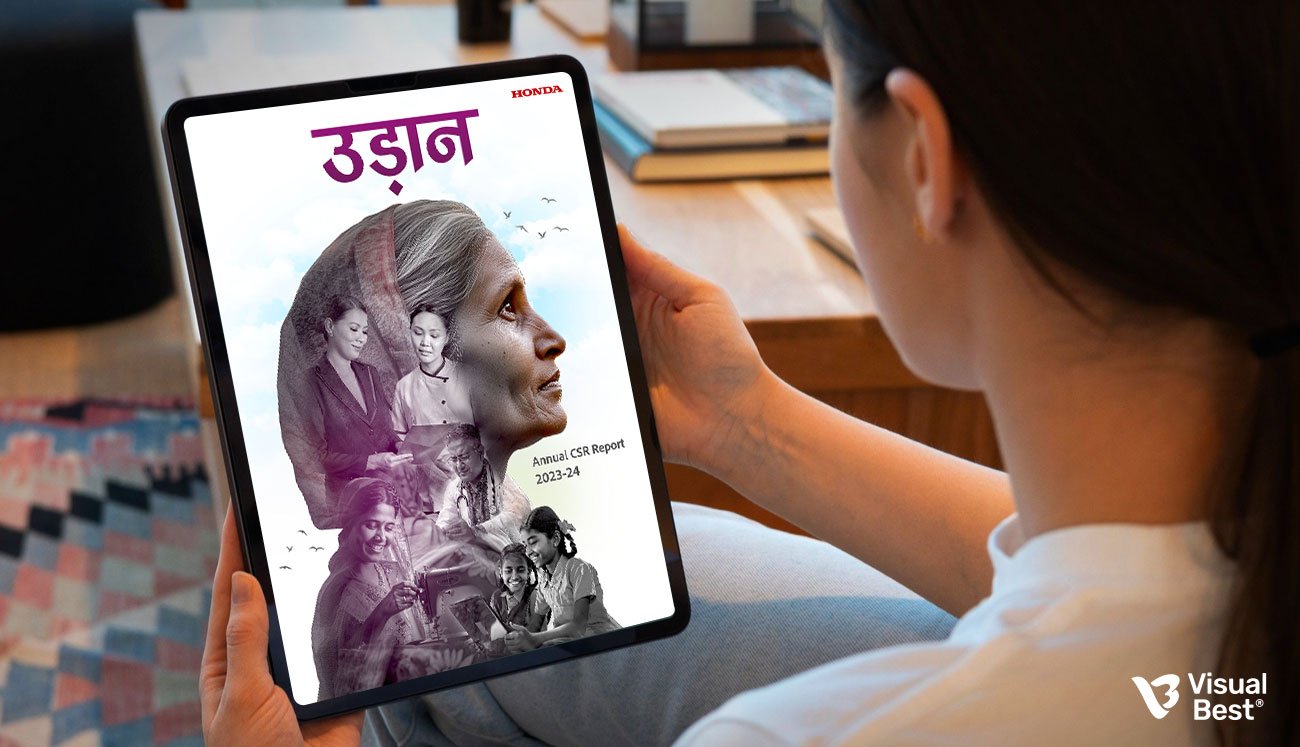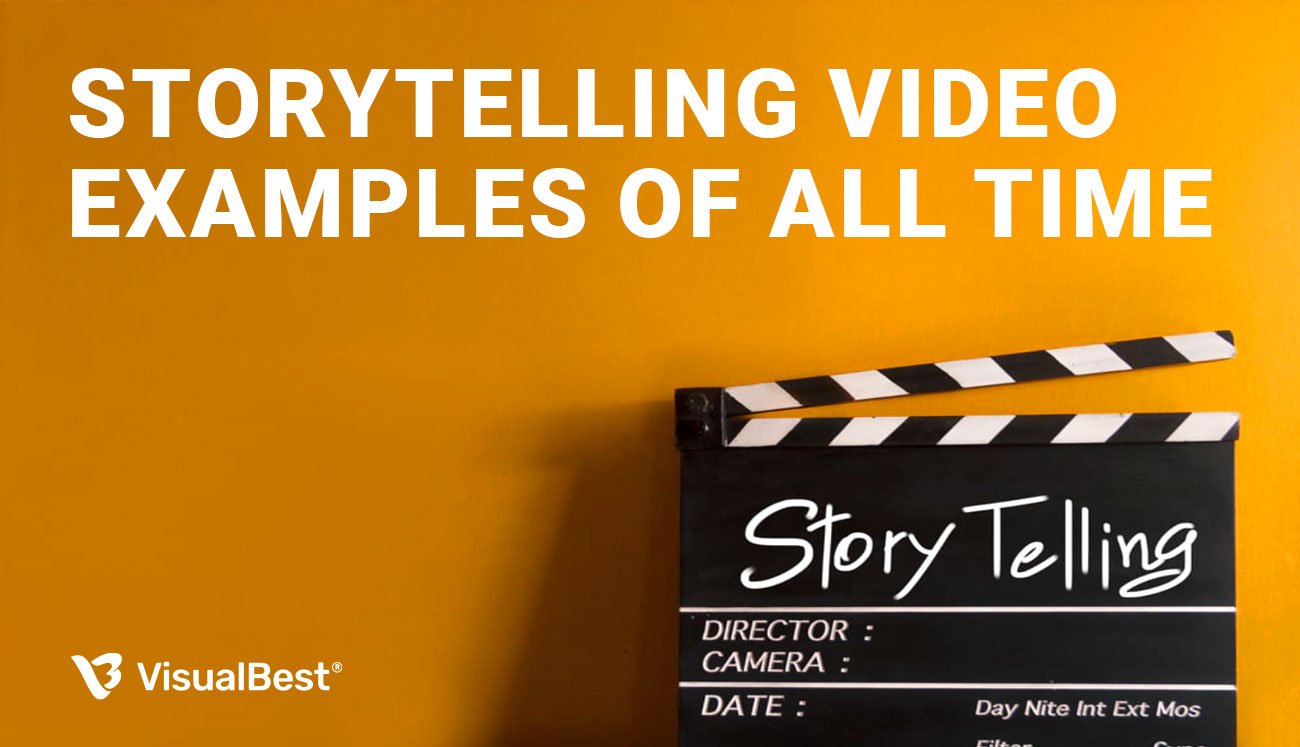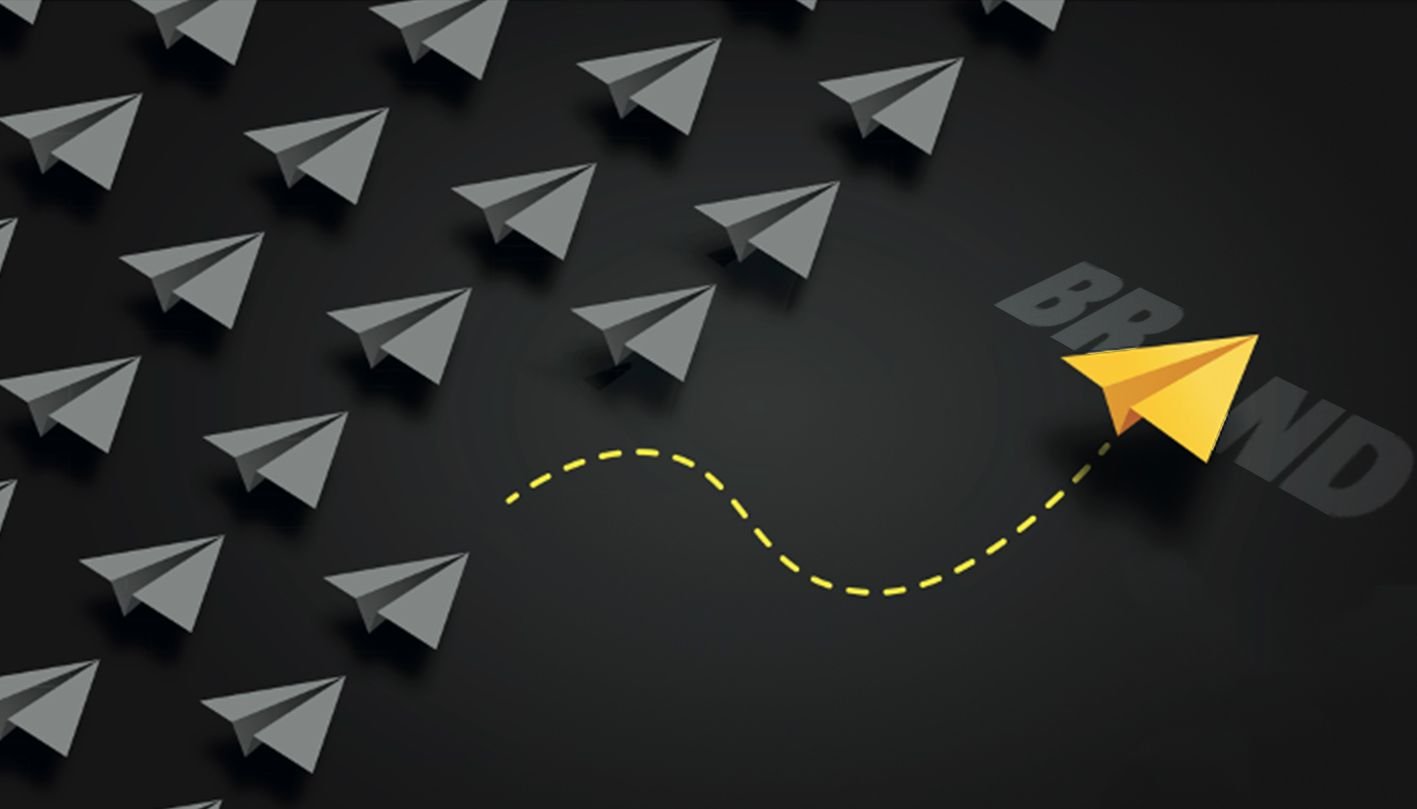animation , explainer videos
Which Animation Style Can Boost Your Business Marketing Goals?

In today’s digital era, where every scroll reveals a story and videos dominate attention, animation has become essential for creating lasting impressions. According to a study, nearly 70% of consumers prefer to learn about products or services through videos. More than 40% of marketers post visual content multiple times a week to keep audiences engaged.
Animation affects how we receive information in everything from educational courses to fashionable product presentations, whether through appealing social media ads or captivating 3D walkthroughs that bring surroundings to life.
However, with so many creative possibilities, choosing the right animation style can make or break your message. The right style aligns with your brand’s goals and audience, turning complex concepts or emotional stories into engaging visual experiences.
Let’s explore more about various types of animation styles and how each can elevate your storytelling, ensuring your message stands out and leaves a lasting impression.
How Do Animation Styles Influence Audience Perception?
Animation is a great way to bring ideas and stories to life by using motion to explain concepts or promote products. The style of animation you choose sets the tone and look of your content, which affects how your audience feels about it.
For example, 2D animations with simple, colourful graphics create a fun and friendly vibe, making them great for storytelling and educational content. In contrast, realistic 3D animations make things look lifelike, which works well for product demos and immersive experiences.
Stop-motion animation adds a handmade feel by showing physical objects moving step by step, while motion graphics use moving text and shapes to simplify complex information.
The animation style you choose can make your content feel professional, fun, or emotional, shaping how your audience connects with your message and remembers your brand.
Why does Your Business Need an Effective Animation Style?
Having a specific animation style is really important for your business because it helps people recognise your brand more easily. This consistent look in your videos makes your business more memorable and helps build a strong connection with your audience.
A unique animation style can also help you stand out from competitors and make your messages clearer and more interesting. This is especially useful when you need to explain complex ideas simply and engagingly.
Overall, a dedicated animation style not only makes your content look good but also improves how effectively it communicates with your audience, helping to draw in more viewers and potential customers.
Start with Identifying your Business Goals
It’s essential to start defining your business goals with a solid understanding of your target audience and what distinguishes your brand. Understanding who your target audience is will help you set goals that will meet their needs and expectations and ensure that the right people are inspired by your work.
Similarly, a solid understanding of your brand identity, what your business stands for, and how it is perceived in the marketplace informs your goals. It ensures that your tactics are consistent across all interactions and align with your company’s language and aesthetic.
By grounding your goals in the reality of your audience and the strengths of your brand identity, you set a solid foundation for targeted, effective business strategies.
Read More – Top 7 Explainer Video Companies in 2024
Various Types of Animation Styles You Can Consider
1. 2D Animation
The traditional technique of 2D animation involves creating two-dimensional, flat characters and surroundings. Its affordability, adaptability, and ease of use make it popular. Motion in 2D animation style is produced by sequencing individual frames.
This method works well for character-based narratives, explainer films, storytelling, and instructional materials. Whether used for business messaging or children’s entertainment, 2D animation has a timeless beauty that appeals to audiences.
Its visual appeal and straightforward design make it suitable for brands aiming to communicate complex ideas in an engaging, easy-to-understand format.
How It Works: Using programs like Adobe Animate or Toon Boom, 2D animation creates each frame sequentially to mimic motion. To produce organic movement, animators employ keyframes and seamless transitions. Character, background, and effect layers give the image depth and coherence.
Perfect for: Explainer videos, educational content, and character-based storytelling.
Examples: Classic animated TV shows, explainer videos, and cartoons.
2. 3D Animation
This 3D animation uses complex rendering techniques to generate real-looking three-dimensional characters and environments. Such style can bring about a rich sense of depth, lighting effects, and realistic movements to stories.
It is commonly used in product demos, architectural visualisations, video games, and animated movies. 3D animation can bring complex ideas and objects to life by showing multiple perspectives and intricate details.
For industries like real estate, healthcare, and automotive, 3D animations help explain designs and product mechanics with unmatched precision.
How It Works: 3D animation involves modelling objects in a three-dimensional space using software like Blender, Maya, or Cinema 4D. Animators create wireframes, add textures, apply lighting, and simulate movements to create lifelike animations. Rendering finalises the process, ensuring realistic visuals and smooth transitions.
Perfect for: Product demos, architectural visualisations, and immersive storytelling.
Examples: Pixar movies, product showcase videos, game cutscenes.
3. Motion Graphics
Motion graphics are a form of animation that is created through graphic design. They are quite informative and interactive, especially relying on text, shapes, icons, and easy transitions instead of characters and complex storylines.
Its application is found in corporate videos, presentations, branding, and advertisements on social media, as well as digital infographics. Even the most abstruse concepts, full of data, motion graphics can articulate them in ways that are more easily understood by viewers.
These are really effective for storytelling in marketing campaigns and UI/UX interactions.
How It Works: Motion graphics use animation software like After Effects to bring static designs to life. Designers animate individual elements, such as icons, text, and shapes, to create smooth transitions and dynamic visuals. Keyframes control the timing of movements, while effects like fades, zooms, and rotations enhance engagement.
Perfect for: Corporate videos, branding elements, and social media ads.
Examples: Infographics, animated charts, and logo animations.
4. Cutout Animation
Cutout animation uses static pieces or shapes of images, often resembling paper cutouts, to create movement. It is a cost-effective and charming style that brings a handcrafted feel to animation projects.
This style is often used for educational content, historical storytelling, and documentaries due to its simplistic and expressive nature.
By manipulating flat, pre-drawn characters and backgrounds, cutout animation adds an artistic touch while keeping production minimal.
How It Works: Cutout animation involves creating flat characters or elements and moving them frame by frame. Software like Adobe After Effects or traditional methods can be used to animate these pieces. Movements are often limited to simple motions, such as rotating limbs or sliding objects, giving the animation a distinctive, stylised appearance.
Perfect for: Educational content, historical storytelling, and documentaries.
Examples: South Park-style animations and flat graphic explainer videos.
5. Mechanical Animation
Mechanical animation focuses on illustrating the inner workings of machines, products, and systems. It is commonly used in engineering, product development, and manufacturing.
This animation style helps viewers understand the functionality of complex equipment by showing detailed 3D or 2D models in motion. It is particularly effective for product manuals, assembly instructions, and industrial simulations.
How It Works: Mechanical animation uses specialised software like SolidWorks or Blender to create detailed models. These models are animated to show how different parts move and interact. Animators add textures, lighting, and annotations to highlight components and mechanisms, ensuring clarity. This process simplifies complex operations, making them accessible for training and demonstrations.
Perfect for: Product manuals, engineering simulations, and manufacturing processes.
Examples: Automotive part demonstrations machine workflow illustrations.
6. Kinetic Typography Animation
Kinetic typography brings the text to life by animating it in dynamic ways to convey emotions, ideas, or stories. This style is perfect for promotional videos, lyric videos, movie titles, and advertisements.
By varying text size, speed, colour, and motion, kinetic typography enhances storytelling, making it more engaging and visually compelling. It transforms simple text into an impactful visual experience that grabs attention, amplifies the message, and leaves a lasting impression on viewers.
How It Works: Kinetic typography uses animation tools like After Effects to animate text with keyframes, controlling movements such as zoom-ins, rotations, and fades. Text can follow specific patterns or respond to background audio to sync perfectly with voiceovers or music. Motion effects like bouncing, fading, or flipping add emphasis and rhythm.
Perfect for: Promotional videos, lyric videos, and text-driven stories.
Examples: Animated lyric videos and storytelling videos with bold text.
7. Minimalistic Animation
Minimalistic animation focuses on simplicity, using clean designs, limited colour palettes, and subtle movements to convey ideas. This style avoids unnecessary details, keeping the focus on the message.
Minimalistic animation is commonly used in modern advertisements, UI/UX interfaces, and tech explainers. Its sleek, uncluttered approach ensures the audience remains focused on the core message, creating a polished and professional impression.
How It Works: Minimalistic animation relies on precise timing and smooth transitions using software like Figma, After Effects, or Lottie. Animators use minimal visual elements and subtle effects, such as gentle fades, scale changes, and simple movements, to create a seamless experience without overwhelming viewers.
Perfect for: Modern advertisements, UI animations, and tech explainers
Examples: Clean product demo videos, app walkthroughs with subtle movements.
8. Isometric Animation
Isometric animation creates a 3D-like effect using 2D planes, giving a bird’s-eye view of objects or environments. This style is widely used in game design, architectural presentations, and interactive storytelling. Isometric animations depict scenes with uniform perspective, making them visually engaging and easy to navigate.
Isometric animations help showcase detailed environments without the complexity of full 3D modelling. They strike a balance between simplicity and depth, making them ideal for creating visually rich yet structured designs.
How It Works: Isometric animation uses software like Adobe After Effects, Blender, or Figma to build objects from a fixed angle, typically 30 degrees. Animators align 2D elements in a way that simulates a 3D perspective. These elements are animated through zooms, pans, and object movements to create dynamic scenes.
Perfect for: Game design, architectural presentations, and conceptual visualisations.
Examples: Animated cityscapes, game interfaces, mobile app overviews
Also Read: Why Explainer Videos are Essential?
How to Choose the Right Video Animation Technique
1. Understand Your Brand Identity:
It’s essential to remain true to your brand’s visual identity when selecting a video animation style. To create a unified visual experience, this involves aligning the animation with the colours, logos, and typography of your business. To further strengthen your brand’s personality, make sure the animation’s tone complements it, whether it be formal, light-hearted, or professional.
Consistency: Make sure the animation style matches your brand’s usual look, like the logos, colours, and fonts you use. Keeping everything consistent helps people recognise your brand better and makes your message stronger. This way, your video really feels like it’s part of your brand’s usual way of talking to people.
Message: Different types of animation styles can make people feel different things, so it’s important to pick a style that fits what you want to say. For instance, a clean and modern motion graphic works well for business stuff because it looks professional and sharp. But if you’re trying to reach kids or keep things fun, a colourful and lively 2D cartoon animation might be the way to go. Choosing the right style helps you connect better with your audience and makes sure your message hits home.
2. Define the Objective:
Before choosing an animation style, think about what you want the animation to achieve. If your goal is to educate, a clear and engaging style like whiteboard animation might work best as it simplifies complex information.
To boost brand awareness, something eye-catching and memorable, like vibrant 3D animation, can make your brand stand out. If you’re explaining a product, detailed motion graphics can effectively showcase the features and benefits.
Each goal has a style that can enhance the message, so it’s important to match the style with what you need to accomplish to ensure the animation is impactful and meets your objectives.
3. Know Your Audience:
Think about who will be watching your animation. If your audience is mostly young people, they might enjoy something bright and energetic, like cartoons or 3D animation. These styles are fun and can keep them engaged.
However, if professionals or corporations are your target audience, they might like something more polished and straightforward, like motion graphics. A sophisticated audience may find this style more appealing because it is concise and elegant.
You can select an animation style that will effectively convey your message and grab your audience’s attention by knowing what they enjoy.
4. Budget and Timeline:
When discussing your project with your animation team, it’s essential to be clear about your budget and the timeline. More intricate styles, such as 3D animation are not only costlier but also require more time to develop than simpler 2D animations or motion graphics.
Setting expectations early helps prevent any surprises regarding expenses and deadlines. It allows your team to recommend the best animation style that fits within your budget and timeframe.
This transparency ensures that the project flows smoothly, aligns with your financial limits, and meets your scheduled launch without any last-minute rushes or compromises on quality.
5. Check Out the Competition:
Observing the animation styles your competitors use can offer critical insights into market trends and audience preferences. By understanding the common styles within your industry, you can make a strategic choice: either adopt a similar style to ensure familiarity and comfort for your audience or opt for a unique style to stand out from the competition.
This decision can significantly impact how your brand is perceived. Aligning with industry norms might enhance credibility and relatability, while a distinctive approach could establish your brand as innovative and creative.
Consider these factors carefully to determine which strategy will best connect with your target audience and reinforce your brand identity.
6. Professional Guidance:
When you’re set to proceed, have a detailed discussion with your animation agency. Lay out your objectives, budget, and preferred styles based on your preliminary research and audience feedback.
The agency’s expertise is invaluable in this phase as it can guide you through the available options, helping you choose the best animation style that aligns with your goals and budget constraints.
Additionally, they can introduce you to the latest trends and advancements in animation technology. These innovations could significantly enhance the visual appeal and effectiveness of your video, ensuring it not only meets but exceeds your expectations in capturing the audience’s attention and delivering your message.
FAQs
1. What factors should I consider when selecting an animation style for my business?
You should consider your brand identity, target audience, objectives, and budget. The style must align with your brand’s tone, resonate with your audience, and effectively convey your message.
2. How do I know which animation style will suit my brand’s goals?
Identify your objective—whether it’s to educate, entertain, or increase brand awareness. For instance, motion graphics work well for corporate presentations, while 2D animation can be engaging for storytelling.
3. What’s the difference between 2D and 3D animation, and when should I use them?
2D animation involves flat, two-dimensional visuals suitable for explainer videos and tutorials. 3D animation adds depth and realism, making it ideal for product demos, architecture, and immersive experiences.
4. Are motion graphics effective for all types of businesses?
Yes, motion graphics are versatile and can simplify complex data through engaging visuals, making them suitable for industries like finance, education, and tech.
5. How does the budget affect the choice of animation style?
More complex styles, such as 3D animation, require higher budgets due to intricate rendering and longer production timelines. Simpler styles like minimalistic animations or motion graphics are more cost-effective.
6. Can I combine different animation styles in one project?
Absolutely! Blending styles like 2D animation with kinetic typography or motion graphics can make your content more engaging and visually diverse, depending on your message and audience.
7. How long does it take to create an animated video?
The timeline depends on the style and complexity. A simple 2D explainer can take 2-3 weeks, whereas a detailed 3D animation may require several months for completion.
8. Is a consistent animation style important across all my videos?
Consistency helps build brand recognition. However, you can vary styles slightly based on your content type while maintaining elements like your brand colours, fonts, and tone.
9. How do animation styles enhance brand storytelling?
Animation styles visually reinforce your brand’s narrative. For instance, minimalistic animations create a modern, polished feel, while 2D cartoons add warmth and relatability to stories.
10. Why should I seek professional guidance when choosing an animation style?
Animation experts can provide valuable insights into styles that align with your goals, audience preferences, and trends. They help you achieve the perfect balance between creativity and functionality.
 +1 445-266-1603
+1 445-266-1603 +91 96504 08093
+91 96504 08093














